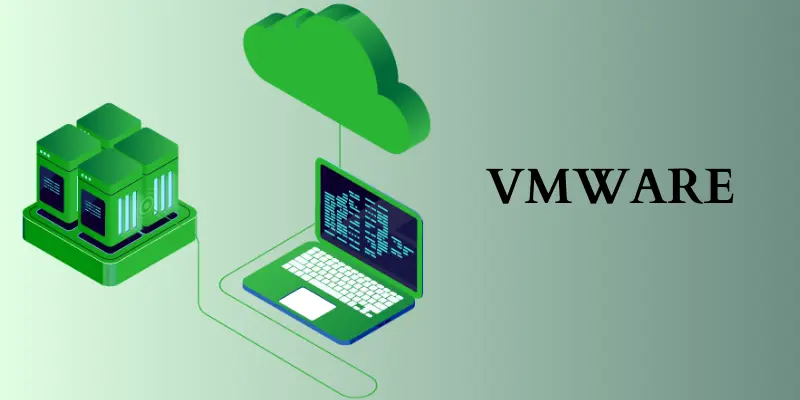
In the ever-evolving digital landscape, cloud adoption is no longer a luxury but a necessity for businesses aiming to stay competitive. VMware Cloud stands out as a robust solution for organizations seeking to migrate their existing workloads to the cloud. However, the migration process can be complex. To ensure a seamless transition, businesses need to follow a structured approach that minimizes disruptions and maximizes the benefits of the cloud. Exploring VMware Training in Chennai at FITA Academy allows individuals to boost their virtualization skills. It also deepens their understanding of VMware’s capabilities.
1. Assess Your Current Environment
The first step in any migration journey is to assess the existing IT environment. This involves cataloging all applications, workloads, and data that need to be migrated. By understanding the dependencies, resource requirements, and performance metrics of each component, businesses can create a clear migration plan. Tools like VMware vRealize Network Insight can help map dependencies and provide insights into the network traffic, helping identify potential challenges before they arise.
2. Choose the Right VMware Cloud Solution
VMware offers various cloud solutions, including VMware Cloud on AWS, Azure VMware Solution, and Google Cloud VMware Engine. Selecting the right platform depends on factors like existing infrastructure, business objectives, and regulatory requirements. Each platform provides unique benefits, such as native integration with public cloud services, scalability, and enhanced security. Evaluating these options carefully ensures that the chosen platform aligns with your business needs.
3. Plan the Migration Strategy
Once the environment is assessed and the cloud solution is selected, it’s time to plan the migration strategy. Businesses can choose from several migration methods, including lift-and-shift, replatforming, or refactoring. Lift-and-shift is the most straightforward, involving minimal changes to applications, making it ideal for quick transitions. Replatforming might involve some optimization for cloud efficiency, while refactoring involves re-architecting applications to leverage cloud-native features. VMware Online provides you with targeted expertise and certification, highly valued by employers, empowering you to lead projects and advance business initiatives with confidence. The choice depends on the complexity of the applications and the desired outcome.
4. Execute the Migration
With a plan in place, the next step is execution. Tools like VMware HCX (Hybrid Cloud Extension) can simplify the migration process by enabling live migrations with minimal downtime. HCX also ensures data integrity and supports hybrid cloud environments, allowing businesses to move workloads without interruption. It’s essential to conduct thorough testing during this phase to ensure that all systems function correctly in the new environment.
5. Optimize and Secure the Cloud Environment
Post-migration, businesses should focus on optimizing their cloud environment for performance and cost-efficiency. VMware’s vRealize Operations can help monitor and manage the cloud infrastructure, providing insights into resource usage and potential areas for optimization. Additionally, security is paramount. Implementing robust security measures, such as micro-segmentation with VMware NSX, ensures that the migrated workloads remain secure from potential threats.
6. Continuous Monitoring and Improvement
Migration to the cloud is not a one-time event but an ongoing process. Continuous monitoring and optimization are crucial for maintaining performance and ensuring that the cloud environment adapts to changing business needs. Regularly reviewing the cloud strategy and making adjustments based on analytics and feedback helps businesses stay agile and competitive. Explore cutting-edge virtualization training at a leading Software Training Institute in Chennai, featuring tailored instruction and continuous progress tracking to fast-track your growth.
Migrating to VMware Cloud offers businesses a pathway to modernize their IT infrastructure, enhance scalability, and reduce operational costs. By following a structured approach that includes assessment, planning, execution, and continuous optimization, businesses can ensure a seamless migration to the cloud, unlocking the full potential of VMware’s powerful cloud solutions.
